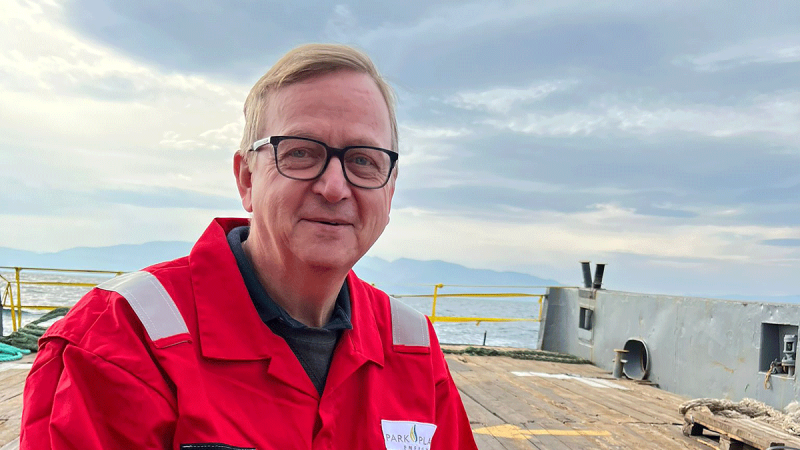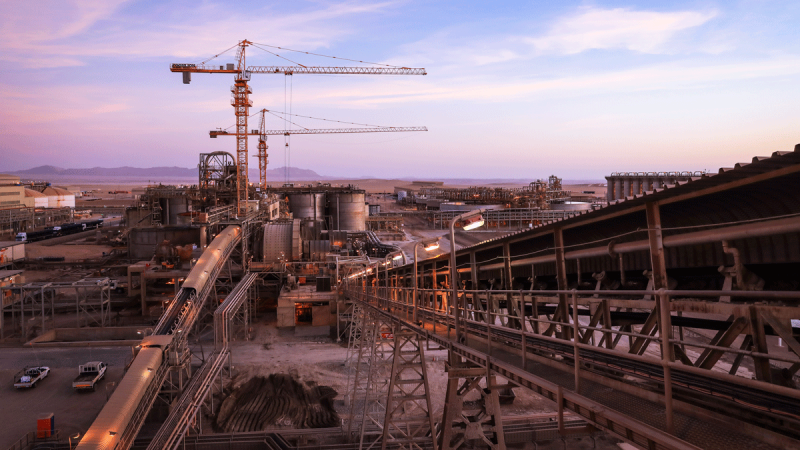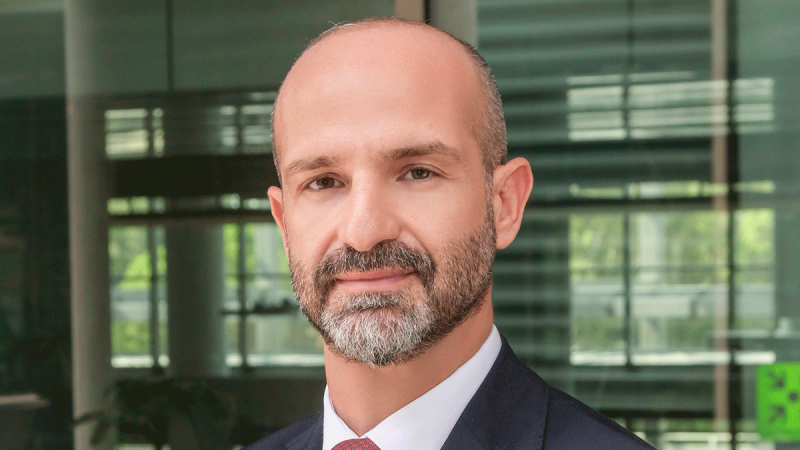Friedman Memorial Airport, sometimes called Sun Valley Airport, is a city-owned public-use airport in the north-west United States, located some 2 kilometres from the central business district of Hailey in Idaho.
The airport is built on land donated to the city of Hailey by Leon and Lucile Friedman in 1931 and named in memory of their father, a local merchant and rancher who arrived in Hailey in the 1880s and served as mayor from 1909 to 1913.
“We are a single-runway airport, about 15 miles south of the resort communities of Ketchum and Sun Valley, and home to one of the top-rated ski resorts in the country, surrounded by some of the best hiking, climbing, fishing, hunting, and outdoor recreation in the world,” says Tim Burke, Deputy Director of Airport Operations and Maintenance.
The airport is serviced by Alaska, United, and Delta Airlines and during its busy seasons has non-stop service to 6 hubs. Being a resort-community airport, its traffic is seasonal. “Both winter and summer are our busy times while spring and fall are considered ‘off-seasons’,” says Burke.
As the airport is surrounded by high mountain peaks on three sides, air traffic flow and procedures are more unique and dynamic than at other airports, he further explains. “This means that much of our traffic arrives from the south and departs towards the south. With a single runway and parallel taxiway going to and from both the fixed-base operator (FBO) and terminal, at different ends of the airport, air traffic and ground traffic need to be perfectly coordinated to avoid gridlock.”
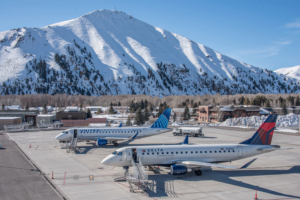 Safe, reliable, efficient
Safe, reliable, efficient
Tim Burke, himself a keen outdoor enthusiast, assumed his role in 2020 – a challenging time for the aviation industry, decimated by the pandemic. However, he explains that Friedman Memorial Airport survived unscathed. “Our isolated location proved to be a certain advantage. While the rest of the industry was shutting down, we had an increased number of people who were coming here to seek refuge.”
He further points out that, moreover, during those challenging days, the airport managed to completely transform its reputation. “Because of the high terrain surrounding the airport, we used to have really high weather minimums which led to a significant number of diversions, cancellations, and delays for aircraft operators. Our reputation, especially in the winter months, was of being a real headache for travellers,” he recalls.
That is now history. The recent implementation of GPS/WAAS-based approach technology has brought those aircraft approach minimums – for air carriers and capable GA aircraft – down to nearly precision-approach standards. “This has increased the airport’s winter reliability to almost 90%. Now there are very few circumstances in which our airlines are unable to land.”
The benefits of this new technology were immediate. When the winter of 2022/23 brought over 175 inches of snow to the airport over the course of 61 different snowstorms, the airport operations team never closed the airport, says Burke. “The runway was kept ploughed, broomed, and blown. Given the amount of snow and the very cramped layout of the airport, this was a pretty impressive feat of coordination between ATC, Airport Ops, our tenants, and the aircraft operators.”
This admirable performance contributed to the airport being awarded the Balchen/Post Award for excellence in snow removal in the small commercial airport category by the Northeast Chapter of AAAE.
“The airport board and the community are incredibly proud of the hard work involved in this, symbolising the commitment, dedication, and tireless efforts of our exceptional Airport Operations team and our seasonal staff, which ensures that our airport remains one of the safest, most reliable and most effectively managed commercial service airports in the nation.”
Partner to the community
Friedman Memorial Airport is the second-largest economic impact driver in Idaho behind Boise Airport. “Our local economy here is largely propped up by the tourism industry. People come to the Wood River Valley because they are attracted to the multitude of possible outdoor recreational activities.”
“This airport serves as a gateway for people to come to experience what the area has to offer. We take great pride knowing that our hard work to keep this airport open, especially in winter, is also keeping local hotels, restaurants, and businesses open.”
Burke reflects that meeting the local community’s interests is high on the agenda. “We are in a rural, small, intimate community and we need to keep a balance between first and foremost running a safe airport, compliant with all the Federal Aviation Regulations, and operating in line with the vision of the community.”
“It’s important to recognize that airports can negatively impact communities, generating noise and greenhouse gas emissions. We have taken a really proactive approach to this by doing a greenhouse gas inventory study and we are very involved in educating pilots about our voluntary noise abatement procedures. Friedman Memorial Airport has been overhauling its HVAC systems, airfield lighting, and acquiring the latest, best, and most efficient snow-removal equipment to reduce our impact on the environment.”
Solid relationships with vendors significantly help the airport to achieve its goals in this respect. “Airports couldn’t stay afloat without reliable vendors. We are really proud of the products and services our vendors provide to enable us to run a safe, compliant, and efficient airport. When we have the flexibility to do so, we do make purchase decisions based on the reliability and reputation of a vendor’s after-sales service.”
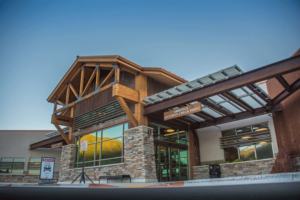 Right team, right place
Right team, right place
Asked about the most pressing challenge, Burke is very clear: “Space for development. We are 100% out of room! We are set to develop approximately 10-acres of newly acquired land for much-needed aircraft parking, GA hangar space, and a second FBO.”
“Some of our priorities now are improving our ageing and inefficient passenger terminal, as well as upgrading our fleet of vehicles, facilities, and infrastructure to be more efficient, while finding creative ways of reducing our carbon footprint. We also are in the process of getting a new air traffic control tower, which is going to increase safety and efficiency.”
No small feat, given that the airport has only a small team of 15 permanent staff that often has to multi-task, and the management is well aware of its human resources value. “It’s really important to remember that a company is nothing – absolutely nothing – without its people. The real backbone of our airport is our tenants, our custodial staff, our parking lot team, and the ARFF/Ops team. ”
“They’re the ones jump-starting a customer’s car at 11.30pm or working crazy hours to keep the runway open. They are the ones cleaning bathrooms after rush hour and are the ones directly responsible for the positive customer experience. We are absolutely proud of the team we have here at our small airport!” Burke affirms, in concluding.

